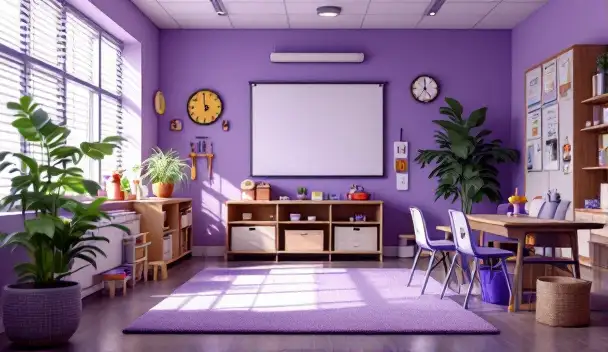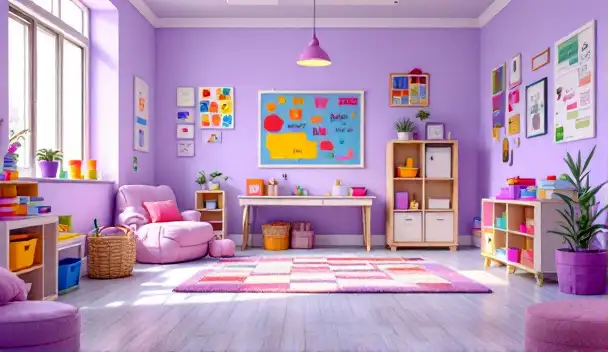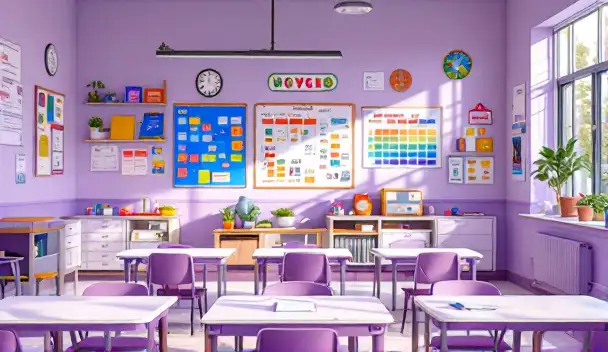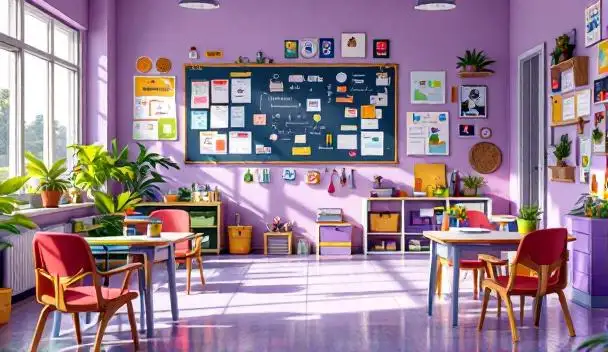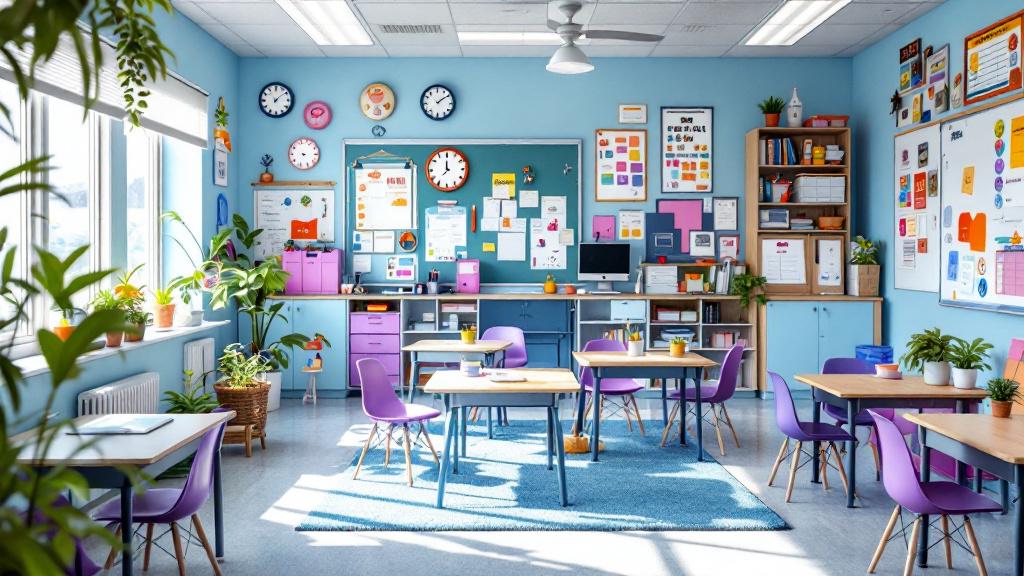Enhancing Routine and Flexibility for Children with Autism
Creating effective visual schedules is a vital strategy in supporting children with autism to navigate their daily routines, reduce anxiety, and foster independence. By understanding how to develop and implement these tools properly, caregivers and educators can significantly improve the child's ability to manage transitions and understand expectations. This article explores comprehensive methods for designing visual schedules, the benefits they offer, and practical strategies for making them work successfully in various environments.
Understanding the Core of Visual Schedules

What is a visual timetable for a child with autism?
A visual schedule is a tool that gives the child information about what is happening, the sequence of events, what changes may be occurring, or when it is time to stop an activity and move on to another. It may include objects, pictures, and/or written words.
Definition and purpose of visual schedules
Visual schedules are customized picture-based tools designed to represent a sequence of activities or tasks a child is expected to complete during the day. They act as a visual 'roadmap' that helps children understand what to expect, providing clarity and predictability about daily routines.
How visual schedules serve as a roadmap for children with autism
For children with autism, routines and predictability are vital. Visual schedules visually track each activity, often using checkboxes or movable pictures, to show which tasks are completed and what remains. This clear structure helps children anticipate upcoming activities, easing transitions and reducing anxiety.
Types of visual supports used (pictures, icons, words)
Visual supports can vary based on the child's needs and preferences. They often include photographs, illustrations, icons, or symbols, sometimes paired with words. Digital tools like tablets or computers can also host visual schedules, offering dynamic and engaging formats.
How visual schedules support children with autism
Using visual schedules enhances several developmental skills. They boost receptive language, helping children understand the sequence of events and concepts of time. They increase independence by enabling children to follow routines without constant adult prompts. Additionally, they create a sense of security, reduce behavior challenges, and promote social skills by practicing transitions and routines.
Visual support varieties
Different environments—like bathrooms, bedrooms, classrooms, and even refrigerators—can display visual schedules, making them accessible and visible throughout the day. This flexibility allows for tailored support that matches each child's specific routines and needs.
Creating and implementing visual schedules
Developing an effective visual schedule involves assessing the child's needs, selecting suitable visual representations, introducing it gradually, and staying consistent in usage. When well-implemented, visual schedules support children emotionally and developmentally, fostering independence and confidence in daily routines.
Benefits of Visual Schedules in Autism Support
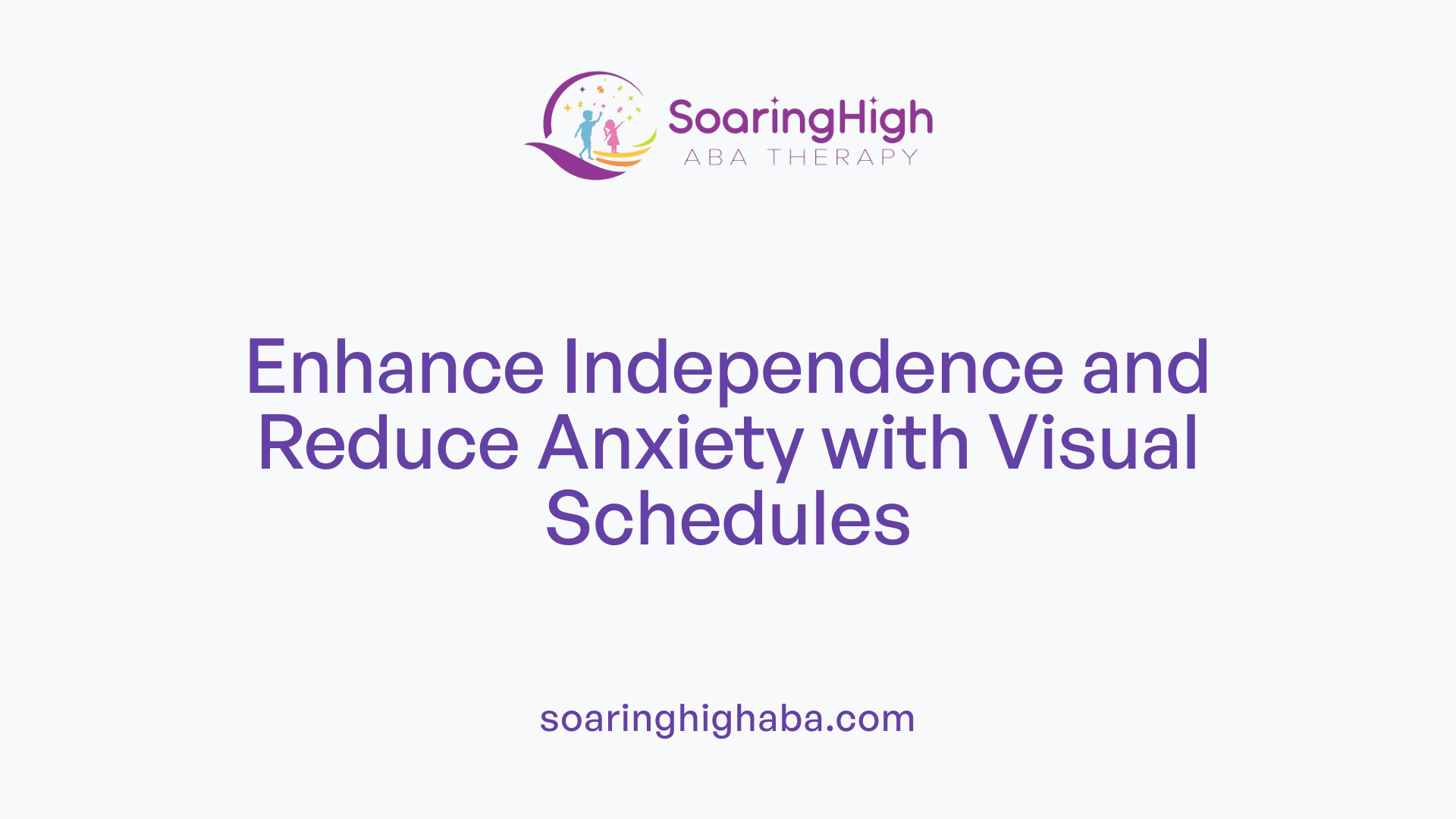
How do visual schedules support children with autism?
Visual schedules offer a structured way for children to understand their daily routines. By presentating each step with pictures, symbols, or words, they make routines predictable and easier to follow. This visual approach helps children grasp what is coming next, which reduces confusion and lowers anxiety surrounding unpredictable changes.
In addition to providing routine, visual schedules actively support communication skills. They enhance receptive language because children learn to associate images with activities and expectations. This development in understanding fosters better interaction and comprehension.
Creating a routine with visual schedules also encourages independence. Children can refer to the schedule without adult prompts, promoting self-confidence and active participation in their own daily life. As they become more familiar with using these tools, their focus and engagement in activities increase.
Research shows children with strengths like visuospatial skills—such as visual attention and the ability to process images—can particularly benefit from visual schedules. These strengths allow them to process visual information more successfully than lengthy verbal instructions, making routines more accessible.
How do visual schedules help teach flexibility?
Teaching flexibility is a crucial aspect of supporting children with autism. Visual schedules help in this area by visually representing routines, which allows children to see changes as part of the pattern rather than disruptions.
Schedules clearly illustrate upcoming activities and possible variations, helping children understand that changes in their routines are acceptable and manageable. By explicitly teaching them how to interpret and adapt to schedule modifications, children build skills in coping with new situations.
Gradual introduction of schedule changes, combined with positive reinforcement when children handle transitions well, fosters adaptability. Over time, children learn that while routines are predictable, adjustments are possible without stress, increasing their confidence and independence.
Benefits seen with visual schedules
| Aspect | Benefit | Details |
|---|---|---|
| Predictability | Reduces anxiety | Children know what to expect, easing worries about surprises |
| Communication | Supports understanding | Enhances receptive language and helps in expressing needs |
| Independence | Empowers children | Follows routines independently, building confidence |
| Flexibility | Develops adaptability | Learns to accept routine changes gradually |
Visual schedules are versatile tools that significantly improve the emotional and developmental wellbeing of children with autism. By providing clear structure, fostering independence, and teaching flexibility, visual schedules support their unique learning needs, leading to more positive and successful daily experiences.
Strategies and Best Practices for Implementation
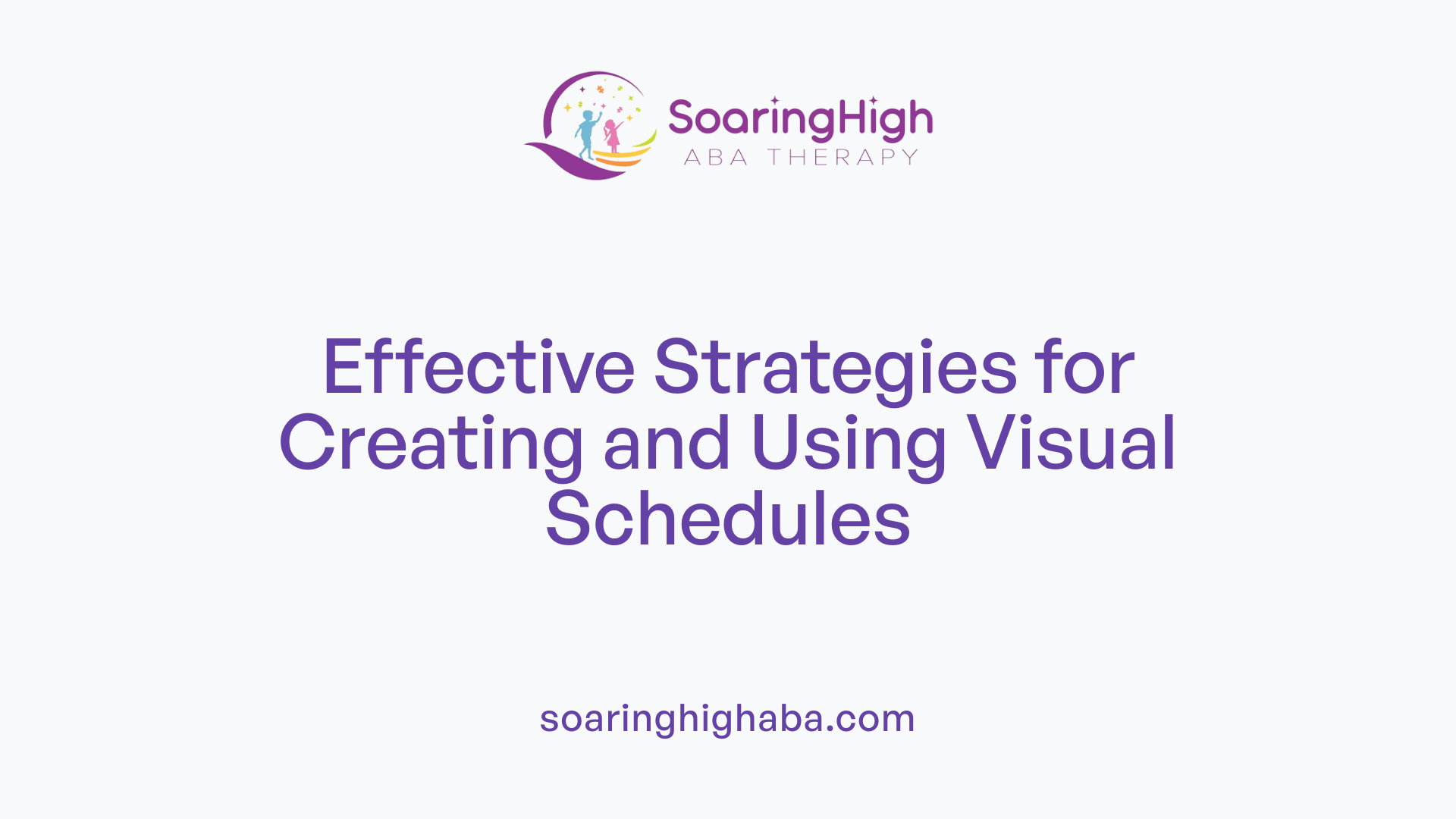 Creating an effective visual schedule involves several practical strategies to support children, especially those with autism, in understanding and following routines.
Creating an effective visual schedule involves several practical strategies to support children, especially those with autism, in understanding and following routines.
First, it is essential to assess each child's individual needs and preferences. This means customizing the schedule to match their comprehension level, interests, and typical routines. Visual elements should be clear, consistent, and engaging, using photographs, icons, or drawings that the child can easily recognize.
To simplify activities, start with basic, manageable tasks like ‘brush teeth’ or ‘put on shoes’ before progressing to more complex routines. Breaking down activities into smaller steps makes it easier for the child to follow along and build confidence.
Explicit teaching is critical. Teachers and caregivers should clearly explain how to use the schedule, modeling its proper use and providing minimal prompts or cues for transitions. This helps children learn to independently navigate their daily routines.
Minimizing adult prompts is another effective practice. As the child becomes familiar with the schedule, prompts should gradually decrease, encouraging independence. Reinforcing successful use of the schedule builds self-esteem and a sense of accomplishment.
Regularly reviewing and updating the schedule will keep it relevant and interesting for the child. As they develop new skills or routines change, the schedule should reflect these updates to maintain engagement and effectiveness.
Placement of the visual schedule is also crucial. It should be at eye level in accessible locations, such as on the bathroom door, classroom wall, or refrigerator, empowering the child to reference it independently.
By applying these strategies and maintaining consistency, caregivers can create an environment that promotes understanding, reduces anxiety, and encourages independent functioning through well-implemented visual schedules.
Tools and Resources for Developing Visual Schedules
 There is a wide range of tools and resources to help create effective visual schedules tailored to individual needs. For those looking for ready-made options, many websites offer free printable templates and visual resources, including activity cards, social stories, and routine visuals. These resources can be easily downloaded and customized.
There is a wide range of tools and resources to help create effective visual schedules tailored to individual needs. For those looking for ready-made options, many websites offer free printable templates and visual resources, including activity cards, social stories, and routine visuals. These resources can be easily downloaded and customized.
Digital tools also play a significant role in schedule creation. Programs like Canva, Google Sheets, and Microsoft Word enable caregivers and educators to design personalized schedules incorporating images, symbols, and text. Canva, in particular, offers user-friendly interfaces with templates that can be adapted for visual support needs.
Specialized apps designed specifically for routines and behavior management include Choiceworks, Visual Daily Schedule, and Goally Therapy Suite. These applications often provide features such as customizable icons, timers, audio prompts, and pre-made routine templates, making schedule assembly more accessible and engaging for children.
Furthermore, software like Picto-Selector allows users to generate visual supports easily by selecting and customizing symbols or pictures. These tools help produce visually appealing and developmentally appropriate schedules.
When developing visual schedules, it’s essential to personalize them according to the child's interests, abilities, and routines. Using familiar images, involving the child in the design process, and adjusting the visuals over time can enhance understanding and independence. By leveraging these various resources, caregivers and educators can create supportive, adaptable routines that improve communication, reduce anxiety, and foster autonomy in children.
Designing and Implementing Visual Schedules
How can visual schedules be created and implemented for children with autism?
Creating effective visual schedules for children with autism involves careful selection of visual supports that are clear and meaningful to the child. These supports can include photographs, objects, icons, drawings, or written words, depending on the child's developmental level and preferences.
Digital tools such as apps and online templates, as well as printable formats from resources like PDFs or word processors, are useful for designing visual maps of daily routines. For example, devices like iPads enable easy customization with photos or symbols, making the schedule adaptable and engaging.
When building a visual schedule, consider the child's ability to understand different representations. A hierarchy often used progresses from concrete objects and photographs to symbols, drawings, and words, ensuring accessibility.
Placement is also critical. The schedule should be placed at eye level in accessible locations like bedrooms, classrooms, or bathrooms for independent use. Consistency in the schedule's use helps the child learn the routine, reduce anxiety, and improve follow-through.
Involving children in the creation process increases their investment and understanding. You can do this by letting them select preferred images or participate in assembling the schedule.
Reinforcing the schedule through positive feedback and gradual fading of adult prompts encourages independence. As children become familiar with their routines, the supports can be extended or modified to match their evolving needs.
Adapting schedules over time by adding or removing activities can help maintain engagement and support progress. Consistent review and updates are essential to meet the child's developing skills and to incorporate new routines.
Overall, thoughtful creation and consistent implementation of visual schedules serve to support children with autism by providing predictability, reducing anxiety, and fostering independence in daily tasks.
Enhancing Understanding and promoting Independence
How do visual schedules help teach flexibility and support children with autism?
Visual schedules play a crucial role in teaching flexibility and supporting children with autism. By presenting a clear, visual outline of daily routines and upcoming activities, these tools help children understand what to expect. This visual clarity reduces uncertainty and anxiety, making transitions smoother.
To foster flexibility, schedules are introduced gradually. Children are taught that while the routine remains consistent, changes can occur. This is achieved by explicitly explaining modifications and using warnings before any change, which prepares the child and encourages adaptability.
Leverage the child's strengths, such as visuospatial skills, by incorporating images, icons, or photographs that resonate with their preferences. Over time, children learn to navigate changes independently, increasing their confidence and reducing reliance on adult prompts.
Furthermore, teaching children to use visual schedules enhances their communication and understanding of routines and the concept of time. When children see and anticipate what’s coming next, they feel more secure and capable of managing their day.
Overall, visual schedules not only clarify expectations but also empower children to adapt flexibly to routine changes, foster independence, and boost engagement.
Creating a Supportive Environment and Fostering Independence
Proper placement of visual schedules is essential for maximizing their effectiveness. Positioning schedules at eye level in accessible areas such as bathrooms, bedrooms, refrigerators, or classrooms encourages children to reference them independently. This ease of access helps children become more self-reliant and reduces dependency on adults.
Involving children in the creation of their visual schedules can boost their engagement and understanding. When children participate in selecting pictures, icons, or activities, they are more likely to invest in using the schedule and learn routines more effectively.
Building routines around visual schedules supports consistency and predictability. Establishing daily patterns—like morning preparation, classroom activities, or bedtime routines—helps children anticipate what comes next, which can reduce anxiety and increase comfort. Repeating routines using visual supports also reinforces learning and independence.
Using reinforcement strategies is crucial for encouraging the use of visual schedules. Offering positive feedback, treats, or extra playtime when children successfully follow or complete their schedules motivates them to stay engaged and develop independence. Celebrating small successes helps build confidence and fosters continued use of the schedules.
Monitoring and adapting schedules based on progress ensures that supports remain relevant and effective. Caregivers and educators should observe how children interact with the schedules, noting any difficulties or signs of boredom. Adjustments—such as adding new activities, simplifying visuals, or changing placement—help meet evolving needs and sustain motivation.
Resources for Creating Visual Schedules for Children with Autism
There are numerous tools and resources to assist in designing effective visual schedules. Free printable templates and images are available from websites offering routines, social stories, and activity cards. Digital tools like Canva, Google Sheets, and Microsoft Word enable customization with images, icons, and text.
Specialized apps such as Visual Daily Schedule, Choiceworks, and Goally Therapy Suite provide features like customizable icons, timers, audio prompts, and routine templates that facilitate schedule creation. Additionally, software like Picto-Selector helps generate visual supports with ease.
Using these resources, caregivers and educators can tailor visual schedules to each child's needs and preferences, supporting improved understanding of daily routines and fostering independence.
Empowering Children through Visual Routines
Creating and implementing visual schedules tailored to each child's needs fosters independence, reduces anxiety, and enhances understanding of daily routines. Through careful design, consistent practice, and the use of available tools and resources, caregivers and educators can leverage these visual supports to teach flexibility, support transitions, and promote positive development. When visual schedules become integrated into daily environments and routines, children gain confidence and skills to navigate their world more independently, paving the way for greater success and engagement.
References
- Why & How to Use Visual Schedules - TherapyWorks
- Visual Schedules in the School Setting | Reading Rockets
- How to Make a Visual Schedule for an Autistic Child - Healthline
- Using Visual Schedules to Help Kids with Autism: A Brief Guide
- Using Visual Schedules to Teach Flexibility to Students with Autism
- Tips for Creating a Visual Schedule For Your Child
- Visual supports for autism: a step by step guide
- Helpful Guidelines When Planning, Making and Using Visual Supports
- Effective Use of Visual Supports - Autism Awareness Centre
- The Versatility of Using Visual Supports with Autistic People





































